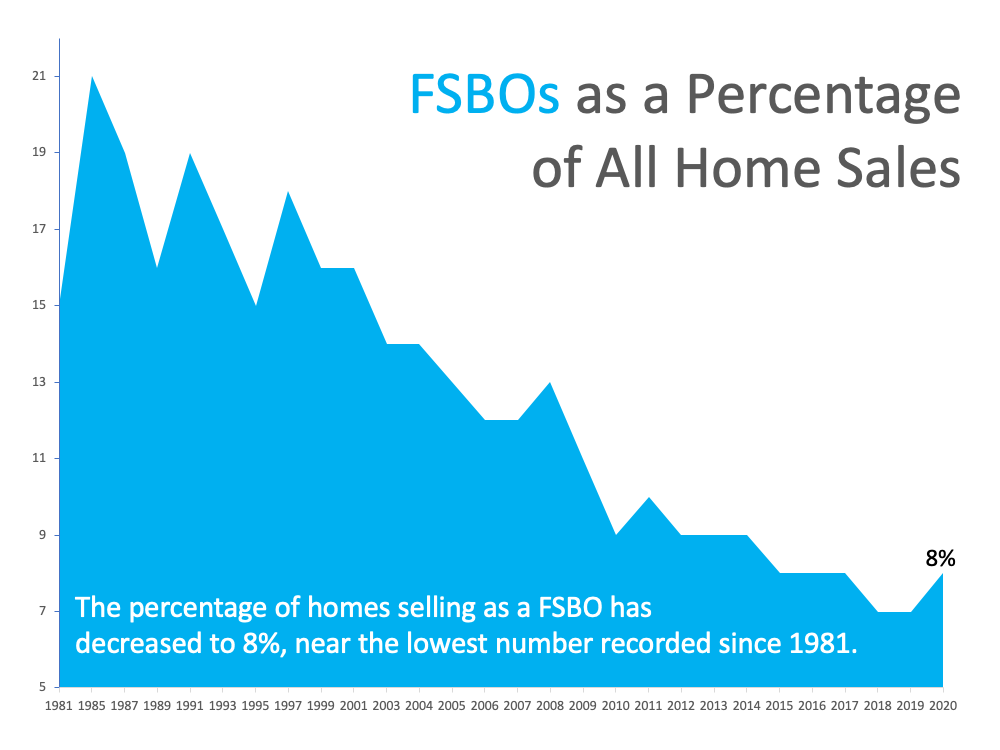What’s In Your Toolbox? Plumb Bobs, Levels, and Squares
There are a lot of tools in the world, and some of them have some very specialized uses. Sometimes these uses are pretty obvious; a hammer is used to hammer nails, and a wrench is used to tighten nuts. Even tools that you think you’re familiar with might surprise you, though; a hammer is a hammer, but do you know the difference between claw hammers and ball-peen hammers? What about all the different types of pliers that you might run across? Knowing exactly how specific tools are supposed to be used can help you to avoid errors and make finding the right tool for the job a lot easier.
With that said, here are a few pretty common tools that you might not know enough about to use effectively. Learning a bit more about them will help to ensure that you always have the right tool for the job and know exactly how it should be used (and more importantly, how it shouldn’t).
Plumb Bobs
The humble plumb bob can be a very useful tool. While at first glance it looks like it’s just a weight on a string, a plumb bob can tell you whether your work is truly vertical or if it’s leaning in some other direction. That’s not the only use of this helpful tool, however. If you’re building something that has an irregular shape, you can use a plumb bob to determine where its center of gravity is to make sure that it’s properly supported. When combined with an angular scale or a tool known as an inclinometer, you can also use a plumb bob to determine the slope of a hill or surface by comparing the measured angle to the vertical line created by the plumb bob.
Levels
When you look at a level, figuring out how to use it often seems like a no-brainer. Just line it up so that the bubble appears between the lines on the level, right? Unfortunately, this sort of reasoning is one of the leading causes of people using a level and finding out later that their shelf or other project isn’t actually very level.
Levels come in a lot of different sizes, and that’s not just because manufacturers want to cater to personal preference. When using a level, it’s important to have the level cover as much of the surface that you’re trying to level as possible. For a small picture, using a small level works great. For a large shelf or a storage unit with adjustable legs, that same level isn’t going to give you a complete picture. Using a level that’s close to the same size as the surface that you’re leveling is the best way to use one of these tools effectively, but if that’s not possible then you should check the level at both ends of the surface as well as the middle. You might be surprised at how much of a difference this can make.
Squares
The handy-dandy square (which ironically is often a triangle) is a very useful tool if you know how to use it. Its most obvious function is to show you whether a corner is 90 degrees or not, but that’s not all that it can do. Depending on the type of square you have and its size you can also use the square to make measurements, mark 45-degree angles (and often other angles) for cuts, determine whether a segment of a surface is flat or warped, and more. It’s also important to remember that just because a corner seems to be 90 degrees, that’s not always the case; using a longer square or checking multiple corners is the best way to ensure that your work is actually square.
While it’s always nice to get more comfortable with your tools, it’s also important to realize that some jobs are a bit too big to DIY. If you run into a problem that you can’t tackle on your own, HomeKeepr is here to help. Whether you need a plumber, electrician, or just a general contractor to get some work done on your house, HomeKeepr can help you connect with pros in your area who will get the job done right. Best of all, creating a HomeKeepr account is free. Sign up today so that you’ll be ready for whatever home repair problems tomorrow might bring.









